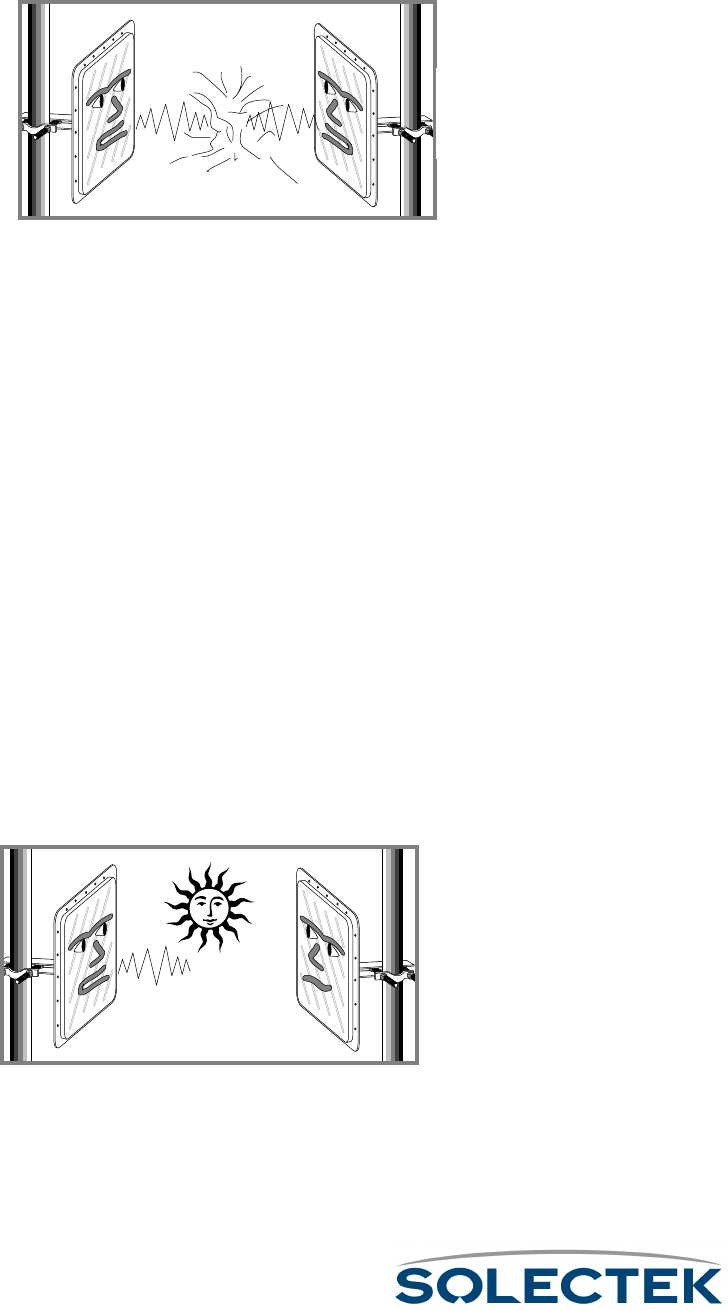User's Guide
Table Of Contents
- SkyWay Wireless Bridge/Router
- Preface
- Table of Contents
- Chapter 1: Introducing Skyway
- Chapter 2: Getting to Know the SkyWay Bridge/Router
- Chapter 3: Preparing for Installation
- Chapter 4: Installing Skyway
- Chapter 5: Configuring and Managing SkyWay
- Configuring SkyWay
- Setting System Configuration Parameters
- Understanding RF-DLC
- Configuring the Ports
- Bridging
- IP Routing
- Internet Control Message Protocol
- SNMP
- Diagnostics
- File Transfer Utilities
- Security
- Chapter 6: Monitoring SkyWay
- Chapter 7: Troubleshooting Skyway
- Appendix A: Run-time Menu Tree
- Appendix B: BIOS Menu Tree Summary Table
- Appendix C: Interface Specifications and Pinouts
- Appendix D: Detailed Product Specifications
- Appendix E: Supported Protocols
- Appendix F: Error Codes
- Appendix G: SNMP Trap Messages
- Appendix H: Installation Recording Form
- Appendix I: Sources of SNMP Management Software
- Appendix J: Glossary and Basic Concepts
- Appendix K: Skyway Antennas
- Warning:
- Notes:
- 7002301: 6 dBi Omni Directional Antenna
- 7002401: 11 dBi Omni Directional Antenna
- 7002501: 16 dBi Outdoor Flat Panel Directional Antenna
- 7002601: 17 dBi Outdoor Flat Panel Directional Antenna
- 7002701: 22 dBi Outdoor High gain Flat Panel Directional Antenna
- 7002801: 8 dBi Indoor/Outdoor Patch Antenna
- 7002901: 12 dBi 110 Outdoor Sectorial Antenna
- Index

206
(optical) line of sight are different. Consult your Solectek dealer or Solectek’s Web site
at www.solectek.com for more information.
If any one station is beyond the listening range of any other station, both of these sta-
tions might transmit simultaneously. The result is called a collision, and it generally
results in lost data.
The CSMA/CA protocol was created to resolve this problem.
CSMA/CA. Some manufacturers use Carrier Sense Multiple Access with Collision
Avoidance (CSMA/CA) protocol to avoid collisions in communications between sub-
stations on lightly loaded wireless systems. Solectek products do not use CSMA/CA,
however, because this protocol suffers from severe limitations described in the follow-
ing paragraphs.
To avoid collisions, a station wanting to transmit listens first for other stations. If the air-
way is busy, it tries again later. As more sites are added, throughput demands increase,
and stations may repeatedly try to send data as other stations are transmitting. Under
these circumstances CSMA/CA collision avoidance breaks down, and the following
problems can occur:
Capture effect –
Capture effect – Capture effect –
Capture effect – Sites with strong signals overpower sites with weak signals and domi-
nate the bandwidth used for transmission.
Collision Avoidance locks –
Collision Avoidance locks – Collision Avoidance locks –
Collision Avoidance locks – Stations waiting for an open airway get stuck in Collision
Avoidance mode.
“Hidden Node” Effect –
“Hidden Node” Effect – “Hidden Node” Effect –
“Hidden Node” Effect – All stations must have clear radio line of sight to all other sta-
tions to have direct communications. This is often impossible to achieve.
Because of these limitations, CSMA/CA has problems supporting wireless inter-building
applications that require continuous, high data throughput between multiple sites. Due
to these CSMA/CA limitations, Solectek products DO NOT use CSMA/CA.
Signal collisions occur
when two stations trans-
mit at the same time.
If strong stations over-
power weaker stations,
weaker stations may never
get to broadcast.










